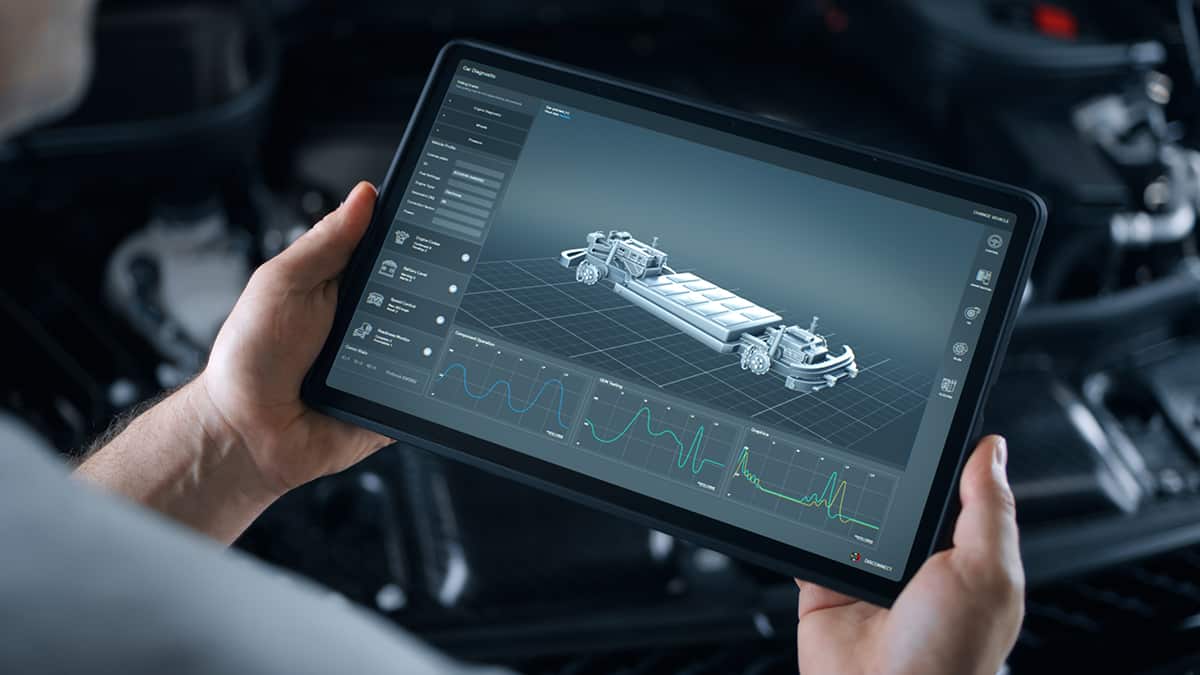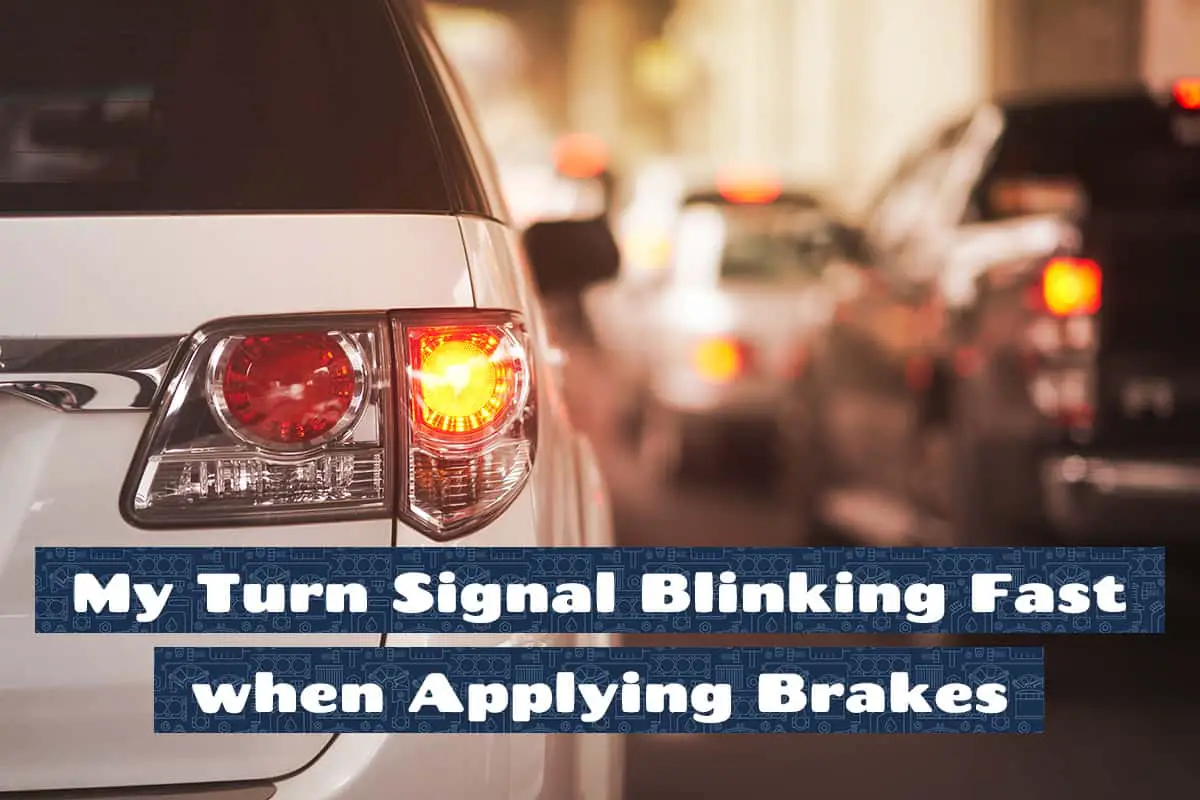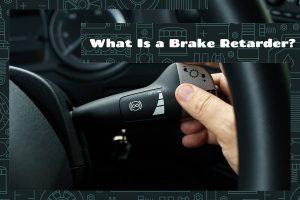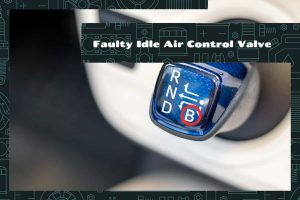A turn signal is designed to function at a consistent rate to signal your intentions on the road, but sometimes, they go haywire, blinking rapidly when you’re also using your brakes. Not only can this be distracting, but it also has implications for safety and legality on the road.
If your car’s turning signals blink faster than usual when you apply the brakes, it might be due to one of the following:
- Electrical issues
- A faulty relay
- Burnt out bulbs
- Grounding problems
- Software glitches
Depending on the cause, solutions range from simple DIY fixes to bulb replacement. In some cases, you may need to update the car’s software.
This article will guide you through the possible causes and repair options for a fast-blinking turn signal when you apply your car’s brakes.
Identifying the Problem: When Turn Signal Blinks Fast
Turn signals have a consistent blinking rate (around 60 to 120 blinks per minute) under normal conditions. A turn signal’s operation is largely dependent on electrical circuits and relays within your vehicle.
When you activate your turn signal, current flows through a specific circuit to light up the signal bulb. Simultaneously, a relay causes the light to blink at a consistent rate. Now, when this system is compromised, the blinking rate may change.
When you encounter a fast-blinking turn signal while applying the brakes, you may also notice other symptoms. These could include dimmer lights, irregular blinking patterns, or even dashboard warning lights. Some people also report a difference in the sound of the turn signal’s tick.
These symptoms can be indicators of the underlying issue, helping to differentiate between a minor problem and a more severe electrical concern. Keep a close eye on these observable factors as they can significantly narrow down your troubleshooting process.
Potential Causes of Fast-Blinking Turn Signal with Brakes

A variety of issues can result in this problem, from simple to complex. Below, we dive into the potential culprits. Each of these has its diagnostic methods and repair solutions, so make sure you identify the one that’s causing you trouble.
1. Electrical Issues
Wires may corrode over time or become disconnected, affecting the current flow. This can cause the turn signal to blink faster than normal, particularly when applying the brakes, as the brake lights and turn signals often share wiring routes.
2. Faulty Relay
When functioning correctly, it allows your turn signals to blink at a standard rate. A faulty relay, however, can lead to inconsistent blinking rates, often manifesting as a rapid blinking pattern when you apply your brakes.
3. Burnt-Out Bulbs
When a bulb burns out, the electrical load on the system changes, which can trigger a rapid blinking effect to alert you to the issue.
4. Grounding Problems
Cars rely on a solid grounding system to ensure all electrical circuits function correctly. Corroded, loose, or disconnected grounding wires can cause erratic behavior in various electrical components, including turn signals and brake lights.
5. Software Glitches
For newer vehicles equipped with advanced electronic systems, software glitches can sometimes cause turn signals to blink quickly. This is especially true for cars that feature integrated diagnostic systems and advanced body control modules.
Repair and Replacement Options

If you’ve determined that your turn signal is blinking fast when applying the brakes, the next step is to explore your options for repair and replacement. Here, we’ll offer step-by-step guides for the DIY-ers out there, but if you’re uncomfortable, you should consult a mechanic.
1. Repairing Electrical Issues
This involves taking out bad sections of wires and replacing them. You will need wire strippers, wire nuts, solder, and electrical tape.
- Locate Damaged Wiring: Check under dashboards, near the steering column, and in the trunk.
- Remove Damaged Section: Use wire strippers to remove the bad section.
- Splice New Wire: Use quality automotive wire to replace the damaged part.
- Secure and Test: Use wire nuts, solder, and electrical tape to secure the new wire. Test to ensure the problem is fixed.
2. Replacing a Faulty Relay
This is a lot easier than removing and replacing electrical wires. Make sure you have the correct type of relay for your car.
- Locate the Relay: Often found in the fuse box under the dashboard or hood.
- Purchase the Correct Relay: Check your car’s manual for the right type.
- Replace and Test: Pull out the old relay, plug in the new one, and test the turn signals.
3. Replacing Burnt-Out Bulbs
Again, this is an easy but incredibly effective solution. Make sure you remove any corrosion in and around the socket. You might want to consider upgrading to LEDs.
- Locate Bulb Socket: Usually accessible from the back of the headlight/taillight assembly.
- Remove Old Bulb: Turn the bulb socket counterclockwise and pull out.
- Install New Bulb: Screw the new bulb and test to ensure it works correctly.
4. Fixing Grounding Problems
This requires having a basic understanding of your car’s electrical system.
- Locate Grounding Points: Check your car’s manual for specific locations.
- Inspect and Clean: Look for corroded or loose wires and clean or tighten them.
- Test and Confirm: Test the electrical system to ensure the issue has been resolved.
5. Addressing Software Glitches
For software issues, a trip to the dealership is often necessary. They’ll have specialized tools to diagnose and update your car’s software, which is usually not a DIY job. Describe the problem in detail for accurate diagnostics and resolution.
FAQs
1. Is a fast-blinking turn signal a serious problem?
A fast-blinking turn signal usually isn’t an issue that would prevent you from driving, but it is a problem that should be addressed promptly. Ignoring it can lead to miscommunication on the road. Additionally, a fast-blinking signal often indicates an underlying issue, such as a burnt-out bulb or electrical problem, that could escalate.
2. How much does it cost to fix a fast-blinking turn signal?
The cost of fixing a fast-blinking turn signal varies depending on the root cause. For simple issues like a burnt-out bulb, the cost can be as low as $5 to $20 if you do it yourself. A faulty relay can also be inexpensive to replace, ranging from $10 to $50 for the part.
If the problem lies in the electrical wiring or grounding, the cost could rise to $100 or more, especially if professional help is needed. Software issues in modern vehicles could mean a trip to the dealership, which could cost anywhere from $50 to $200 for diagnostics and updates.







